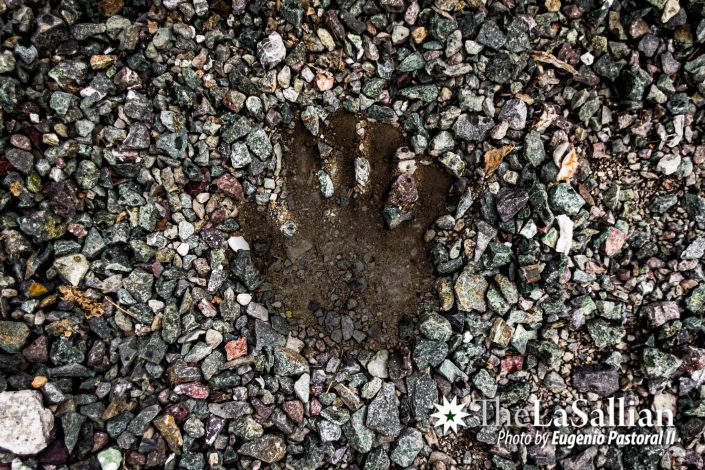Many have theorized how the end of the world will come. With threats ranging from biological warfare to brain-eating zombies or a destructive alien invasion, theories have ranged from the mundane to those out of this world. But while these ideas may seem far-fetched from the real state of the world, something looming in the horizon presents a serious threat to our civilization.
Known as the sixth mass extinction, the world is currently at the cusp of an age where flora and fauna are increasingly in danger of becoming extinct, which can very well be the actual end of the world.
A ‘biological annihilation’
The world is currently in the Holocene epoch, which started after the last major ice age period 11,700 years ago. As the climate began to change, the environment transitioned with it. Large mammals, such as mammoths, who once adapted to the cold environment, became extinct and the once mammal-dependent humans switched to plant and material gathering due to the decrease of animal population to be hunted.
Now, the world is experiencing its sixth mass extinction, which threatens various life forms on Earth. “Extinction, according to biology, is a very traumatic loss of biodiversity,” says Jessie Varquez, an anthropology professor from De La Salle University.
There have been five previous mass extinctions, namely the Ordovician-Silurian extinction around 439 million years ago, where 86 percent of species were lost; the Late Devonian from 364 million years back, which caused the extinction of 75 percent of the world’s species; the Permian-Triassic 251 million years in the past where 90 to 96 percent of the world’s species went extinct; the Triassic-Jurassic 200 million years ago that caused the extinction of 70 to 75 percent of the world’s species; and the Cretaceous-Paleogene extinction 65 million years ago which also took out around 75 percent of the world’s species, which scientists presume were triggered by natural occurrences such as asteroid crashes, massive lava spills, or events scientists have yet to discover.
The sixth mass extinction, or the Holocene extinction, is one that draws concerns from scientists. Called a “biological annihilation”, the event is characterized by a massive decline in the population of various species. To realize the gravity of the Holocene extinction, an estimated 200 species of vertebrates such as the Tasmanian tiger, the Western black rhinoceros, the Baiji dolphin, the Golden toad, and the Toolache Wallaby have gone extinct in the last century. Based from the rates of decline of previous mass extinctions, it could have taken 10,000 years for these creatures to be completely extinct.

Toward self-destruction
Like many scientists of the time, Varquez believes that the extinction is caused by human activity. More specifically, he believes that extinction is driven by the different systems we have today—socio-political and economic norms that routinely exploit the environment for our personal gains.
He explains that these ingrained practices speed up the process of extinction. “We are actually the new meteor or asteroid that are hitting the Earth,” Varquez points out.
Habitat destruction is another major driver, especially for rainforests, where 75,000 square kilometers of the covered area is lost annually. These environmental fragmentations are more than enough to deprive species from food, water, and shelter while dealing with global warming and climate change, which are other identified root causes of habitat destruction.
Going extinct
With scientists claiming that widespread extinction is at a significantly faster rate, Varquez says that sometimes it is difficult to determine the exact rate if the data for the number of species is incomplete. He adds that the number of species of larger animals going extinct is not as large compared to that of insects, which he blames on the “anthropogenic activity” or human activities that affect the environment.
“Yung mga insects na mga ito disrupted by ‘yung sinasabi nating ‘anthropogenic activity’, ano yung mga iyon? [These are] the use of fertilizers, the use of insecticides—which alone [are] meant to kill insects,” he states.
(The thriving of insects is disrupted by anthropogenic activities which include the use of fertilizers, the use of insecticides, which alone are meant to kill insects.)
When asked if there are solutions to this widespread problem, Varquez answers, “In a democratic society like ours, one of the concrete solutions is at least for the individual to make the environment an agenda for the politicians.”
He adds that the citizens themselves must be the catalysts of change.
As Varquez put it, the Holocene extinction is inevitable. If left on its own, it will lead to a massive blow to our biodiversity, and may even lead to our own undoing. While it is an event that we cannot hold off forever, he believes that by taking accountability for our actions and by resolving our relationship with nature and the environment, there is a chance for us to slow down our own descent into oblivion.
